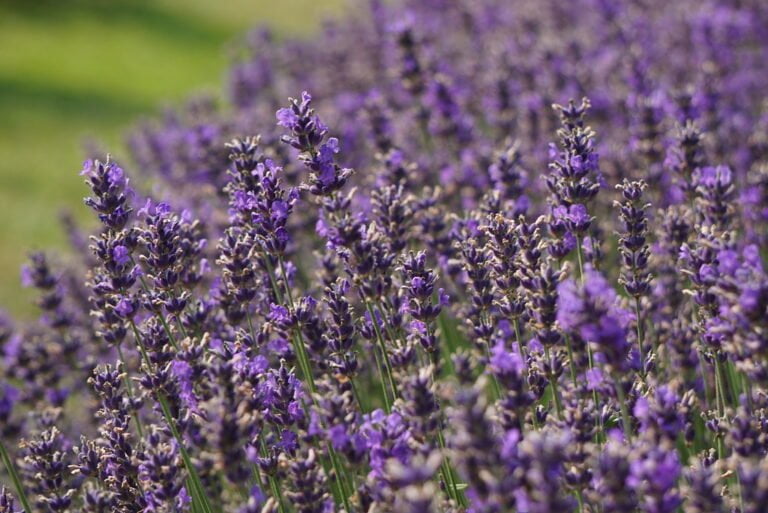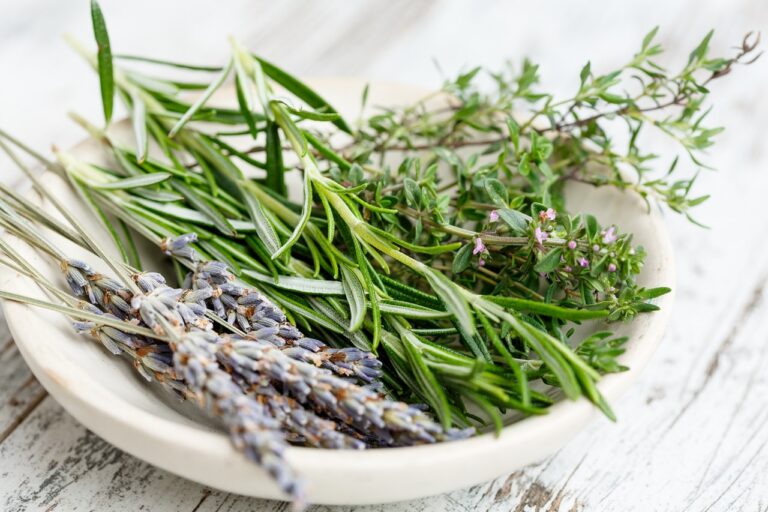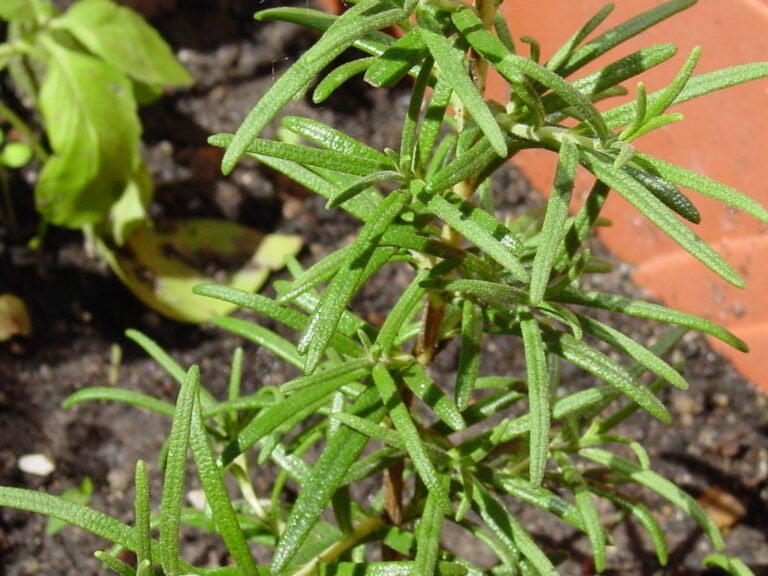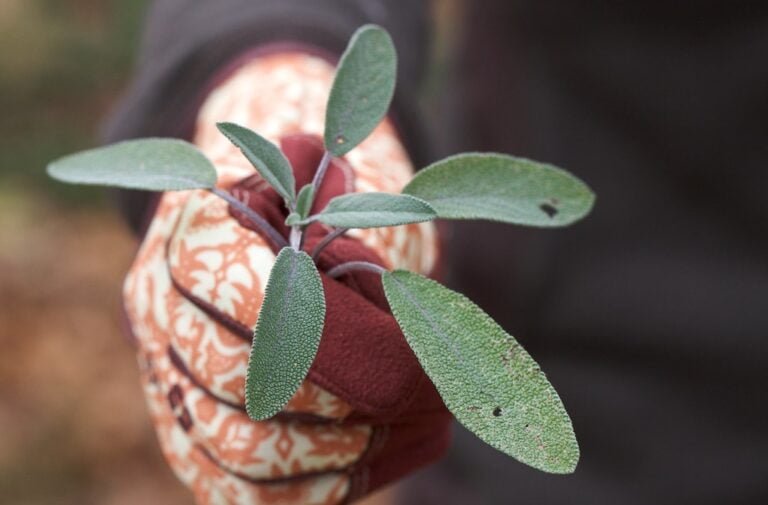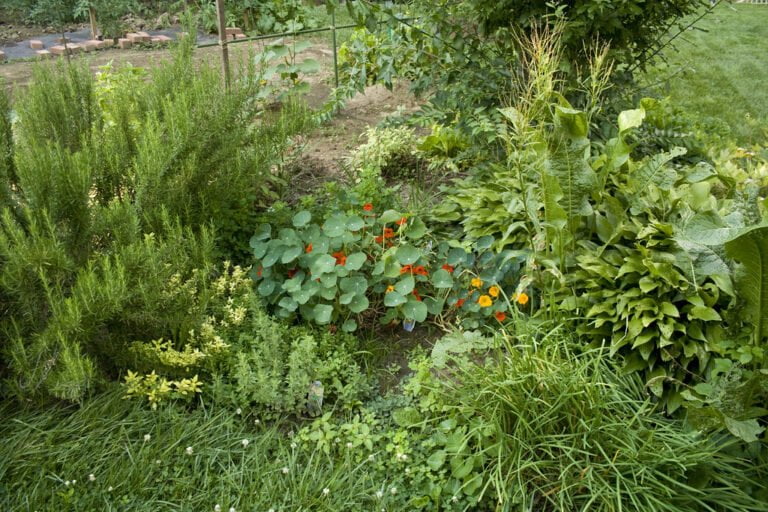The Toxicity of Zanzibar Gem Plants to Cats
I discovered that Zanzibar Gem plants can harm cats due to calcium oxalate crystals. If a cat consumes these plants, it may experience oral irritation, vomiting, and stomach issues. Although not usually life-threatening, it can cause discomfort. Preventing cats from accessing ZZ plants is crucial for their well-being. There’s more to understand about the interaction between Zanzibar Gem plants and cats.
Risks of Zanzibar Gem to Cats
When considering the risks of Zanzibar Gem plants to cats, it is vital to understand the potential harm posed by their calcium oxalate crystals. As a cat owner, I must be mindful that ZZ plants are toxic to cats due to these crystals. If a curious feline were to chew or ingest any part of the ZZ plant, it could lead to oral irritation, vomiting, and stomach upset. While the toxicity of Zanzibar Gem plants is generally not life-threatening to cats, it can cause significant discomfort and distress.
To guarantee the safety of my pets, keeping them away from ZZ plants is essential. Placing these plants in areas that are inaccessible to cats is a proactive measure to prevent accidental ingestion. As a responsible pet owner, it is my duty to create a living environment that minimizes potential risks to my furry companions. Exploring alternative plant options that are non-toxic to cats is also a wise decision to avoid any potential harm.
Symptoms of Plant Ingestion in Cats
After consuming Zanzibar Gem plants, cats may show symptoms like oral irritation, vomiting, and diarrhea. Oral irritation is often one of the initial signs observed in affected cats. This can present as increased drooling, pawing at the mouth, or reluctance to eat or groom. Vomiting is another common symptom seen in cats that have eaten Zanzibar Gem plants. The act of vomiting may be frequent and could contain plant material or bile. Additionally, diarrhea may occur as a result of the gastrointestinal irritation caused by the toxic compounds in the plant. The stool may be loose, watery, and may contain blood in severe cases.
It is important to note that these symptoms can vary in severity depending on the amount of plant material ingested and the individual cat’s sensitivity. If a cat displays any of these symptoms after suspected ingestion of Zanzibar Gem plants, immediate veterinary attention is essential. Veterinarians may provide supportive care such as fluid therapy to prevent dehydration and medications to alleviate nausea and discomfort. Monitoring the cat closely for any signs of worsening symptoms is also vital to ensure a timely and effective treatment plan.
Prevention Tips for Cat Owners
To effectively safeguard cats from potential toxicity, cat owners can implement various preventive measures to minimize their feline companions’ exposure to Zanzibar Gem plants. Elevating ZZ plants to high shelves or hanging them in planters can prevent cats from accessing them. Physical barriers like citrus peels or coffee grounds can be used to deter cats from interacting with ZZ plants. Providing distractions with interactive toys or cat-friendly plants can redirect cats’ attention away from ZZ plants, reducing the likelihood of ingestion. It is essential to safely dispose of pruned ZZ plant parts to prevent accidental ingestion by cats, as even small amounts can be toxic.
Additionally, training cats using positive reinforcement techniques can help them learn to avoid contact with ZZ plants and prioritize their safety. Positive reinforcement involves rewarding cats with treats or praise when they exhibit desired behaviors, such as avoiding the ZZ plant. Consistency and patience are key when training cats, as it may take time for them to learn and adjust their behavior. By combining these preventive measures and training strategies, cat owners can create a safer environment for their feline companions and reduce the risk of ZZ plant toxicity.
Safe Plant Alternatives for Cats
I will highlight safe plant alternatives for cats, focusing on options like Spider plants, Boston ferns, and African violets. Selecting non-toxic houseplants, such as Calathea, Banana plants, and Bromeliads, can contribute to a cat-friendly setting. Optimum choices like Asparagus ferns, Orchids, Areca Palms, and Parlor Palms will promote a secure and serene living environment for feline companions.
Cat-Friendly Plant Options
Among the various safe plant alternatives for cats, popular options include Spider plants, Boston Ferns, and African Violets. These cat-friendly options not only add greenery to the home but also provide a non-toxic plant alternative for feline friends. Asparagus Ferns, Orchids, and Areca Palms are also excellent choices for households looking to avoid toxic plants like ZZ plants. For a harmonious living space, consider incorporating Calathea, Banana plants, Bromeliads, and Peperomia Obtusifolia, which are safe options for cat-friendly environments. Cat Grass is another great non-toxic plant alternative that cats enjoy. Elevate your surroundings with plant varieties such as Parlor Palms, ensuring a safe and pleasant atmosphere for both you and your beloved cats.
Non-Toxic Plants for Cats
Considering the importance of maintaining a cat-friendly environment, it is crucial to choose non-toxic plants that guarantee the safety and well-being of our feline companions. Spider plants are excellent options, known for their air-purifying qualities and resilience. Boston ferns, requiring minimal maintenance, are playful and tolerant of cats. African violets, colorful and indoor sunlight-loving, make safe alternatives for homes with cats. Orchids, elegant and needing weekly watering and partial light, are suitable for cat-friendly environments. Ponytail palms, featuring large leaves, provide a safe alternative to ZZ plants in households with cats. These indoor plants not only boost the aesthetic appeal of our living spaces but also ensure a safe and harmonious cohabitation with our beloved feline friends.
Pet-Safe Indoor Greenery
In cat-friendly environments, selecting pet-safe indoor greenery is essential to ensure the well-being of our feline companions. While ZZ plants are popular for their low maintenance, it’s important to note they are toxic to humans and pets if ingested. Choosing safe alternatives like spider plants, known for their resilience and air-purifying qualities, can enrich your indoor space without posing a threat to your cat. Boston ferns are another excellent option, requiring minimal maintenance and being tolerant of playful cats. African violets offer a colorful and vibrant choice that thrives in indoor sunlight. Orchids, with their elegance and need for weekly watering and partial light, make a secure option. Consider ponytail palms for their large leaves and cat-friendly nature, ensuring both visual appeal and pet safety indoors.
Handling Zanzibar Gem Safely
When handling Zanzibar Gem plants, it is vital to cat-proof your home to prevent access to these toxic plants. Safe plant placement is essential to ensuring that curious felines do not come into contact with potentially harmful flora. Taking these precautions can greatly reduce the risk of ZZ plant exposure and keep your cat safe from any toxic effects.
Cat-Proofing Your Home
To protect your home against potential dangers to your feline companions posed by Zanzibar Gem plants, consider implementing strategic measures to prevent cat access and interaction with these toxic plants. Elevating Zanzibar Gem plants to high shelves or hanging them can effectively keep them out of reach of curious cats. Utilizing physical barriers such as citrus peels or coffee grounds can act as deterrents to prevent cats from approaching the plant. Providing distractions like interactive toys or cat-friendly plants can redirect your cat’s attention away from the Zanzibar Gem. Safely disposing of any pruned parts of the Zanzibar Gem plants to avoid accidental ingestion by cats is crucial. Training your cats using positive reinforcement techniques can also help them learn to avoid interacting with the toxic plant.
Safe Plant Placement
Placing Zanzibar Gem plants in areas inaccessible to cats is essential for preventing potential ingestion and toxicity risks to feline companions. Utilizing hanging planters or placing the ZZ plants on high shelves can effectively keep them out of reach of curious pets. Additionally, incorporating physical barriers such as plant stands or barriers can deter cat access to Zanzibar Gem plants, further reducing the chances of ingestion. It is vital to keep these plants away from areas where cats frequent to minimize the risk of exposure. Being knowledgeable about the signs of cat plant toxicity is important, and immediate veterinary assistance should be sought if ingestion is suspected. By implementing these safety measures, cat owners can safeguard their pets from the toxic effects of ZZ plants.
Understanding Zanzibar Gem Toxicity
Understanding the toxicity of Zanzibar Gem plants involves recognizing the presence of calcium oxalate crystals that can induce oral irritation and vomiting in cats upon ingestion. ZZ plants are toxic to pets and children due to these microscopic needle-like crystals that are released when the plant is chewed or ingested. When a cat consumes any part of the Zanzibar Gem plant, these crystals can penetrate the oral tissues, leading to discomfort and potential injury.
Calcium oxalate crystals are insoluble and can cause a range of symptoms, including drooling, nausea, and vomiting. While the toxicity of ZZ plants to cats is considered mild and typically results in temporary effects, it is important to seek immediate veterinary assistance if ingestion occurs. The oral irritation caused by these crystals can result in loss of appetite and discomfort for the feline, underscoring the significance of preventing access to Zanzibar Gem plants to safeguard pet health.
Zanzibar Gem and Cat Health
After understanding the potential harm Zanzibar Gem plants can cause to cats, it is essential to address ways to safeguard feline health when these plants are present in a household environment. Zanzibar Gems, also known as ZZ plants, contain calcium oxalate crystals that pose a risk of oral irritation to cats if ingested. Symptoms such as drooling, vomiting, and loss of appetite may manifest post-exposure. While ingestion is typically not fatal, it can lead to temporary discomfort, necessitating prompt veterinary attention. To mitigate the effects of Zanzibar Gem toxicity in cats, providing water, milk, or yogurt may help alleviate symptoms, although close monitoring for any exacerbation is important.
Ensuring cat safety in the presence of poisonous houseplants like Zanzibar Gems involves proactive measures. Keeping these plants out of reach is paramount to prevent accidental ingestion. Exploring safer plant alternatives that do not pose risks to feline health is advisable. Being prepared to handle toxicity incidents promptly is essential. If a cat shows signs of oral irritation or digestive issues after contact with Zanzibar Gem plants, seeking veterinary care promptly is recommended. By prioritizing cat safety and implementing preventive strategies, the potential risks associated with toxic houseplants can be effectively managed.

